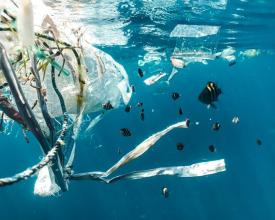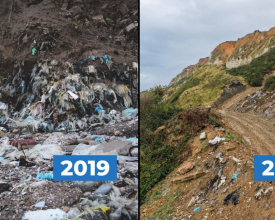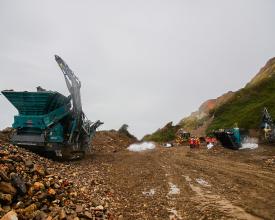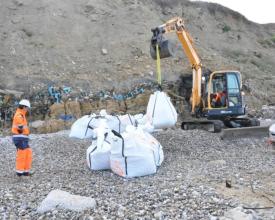
Surfers as coastal defenders - The Dollemard Landfill
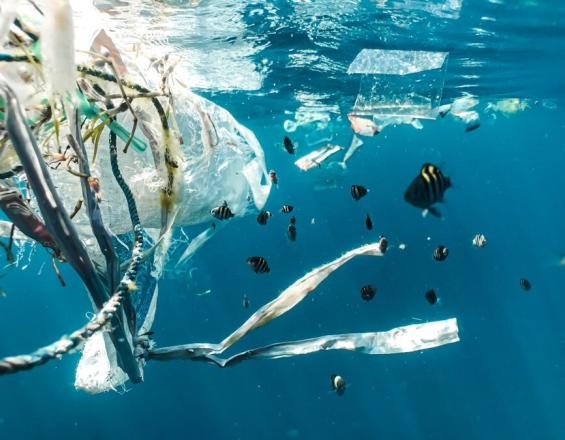
The Dollemard cliffs at Le Havre in Normandy, France, are part of a rich coastal ecosystem. Since 1960, this Natura 2000 site has been threatened by an adjacent coastal landfill. Holding some 400,000 tons of domestic and industrial waste, it is the largest landfill in France. This waste is leaching into the surrounding environment. The problem is exacerbated by climate change: increasingly frequent heavy storms and rising seas. Unclearly apportioned responsibility and a lack of funding have thwarted past attempts to solve the problem. In coalition with local communities and public authorities, the Surfrider Foundation Europe Seine Maritime has been advocating action to avert further environmental damage. Their efforts recently paid off: the City of Le Havre has agreed to excavate the landfill. €900,000 has been raised from the State, Normandy Region, the City and the local community to restore the area back to good ecological condition.
Impacts
The case shows the power that local communities and advocates have in initiating political change. The Dollemard case can provide an example to other communities affected by waste degrading the environment.
A three-month test site has been created to find the most optimal way of cleaning the landfill without harming the coastline. This involved experimenting with sorting techniques, soil samples, and the composition of the pollution. In addition, ecological monitoring is being used to measure the impact on ecosystems and to optimize restoration. The findings of these experiments can provide important knowledge for future landfill restoration projects.
The fragile coastal and marine ecosystems will be protected against further erosion of the landfill. This will save up to 13,000 truckloads of waste by 2050. Besides protecting nature, the excavation of the landfill will positively impact on the health of local citizens, divers, and surfers by removing dangerous substances like asbestos.

